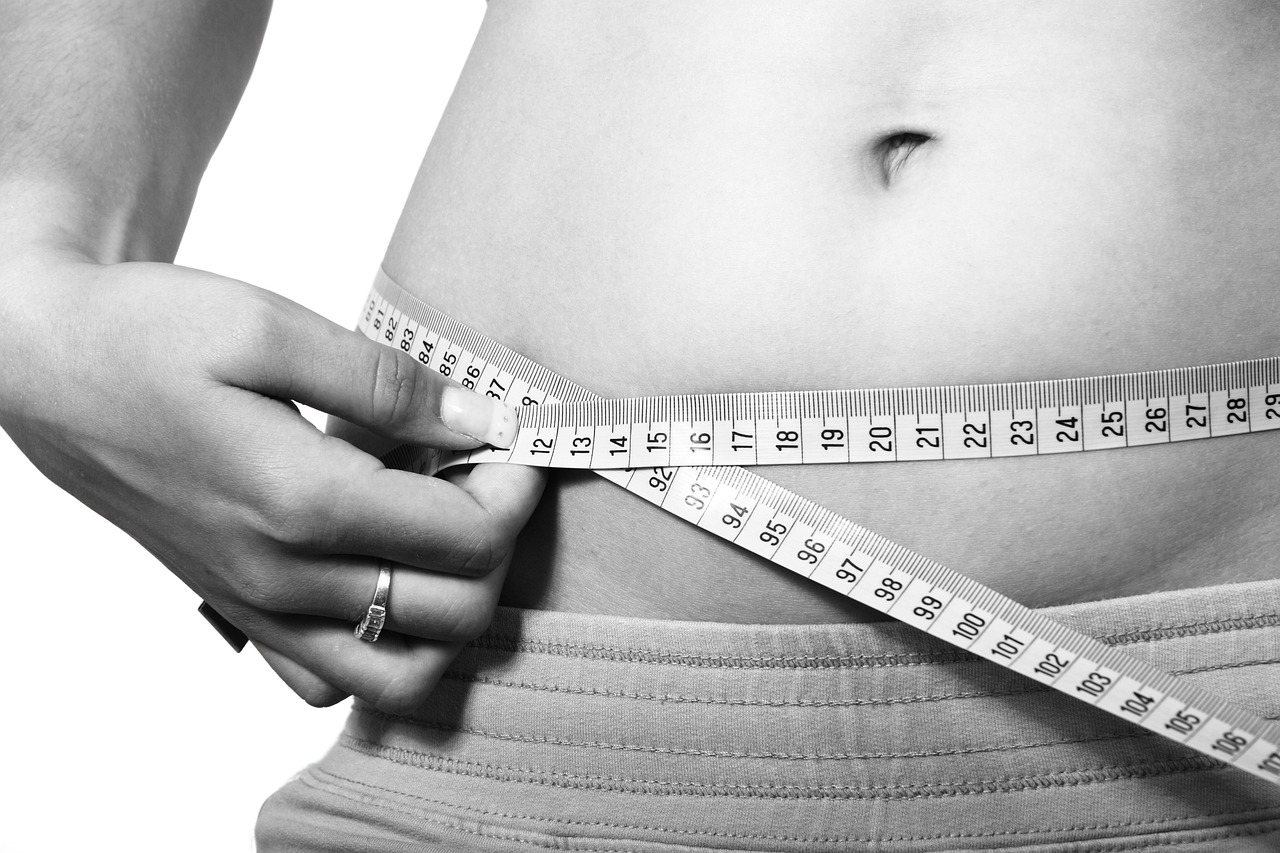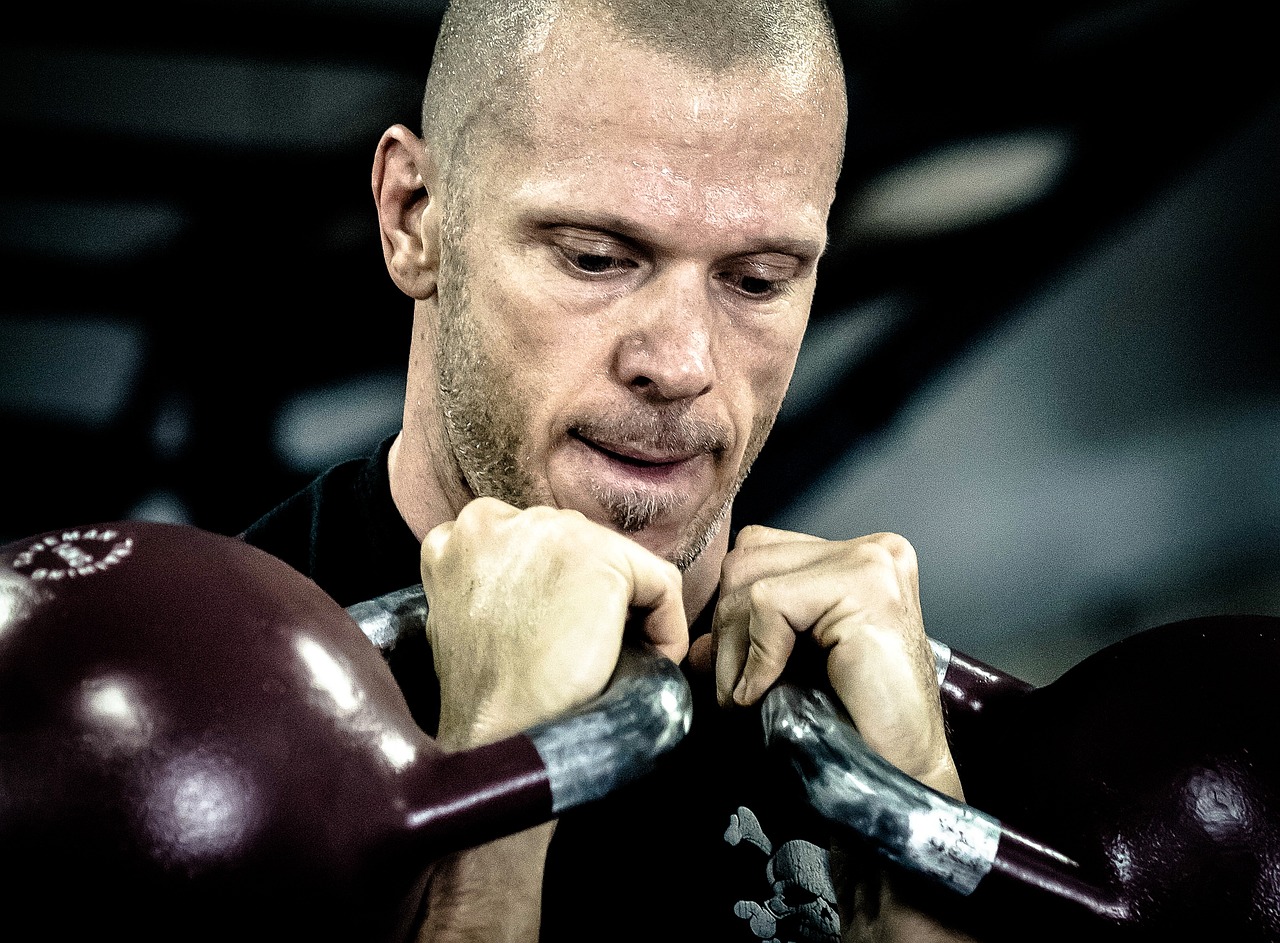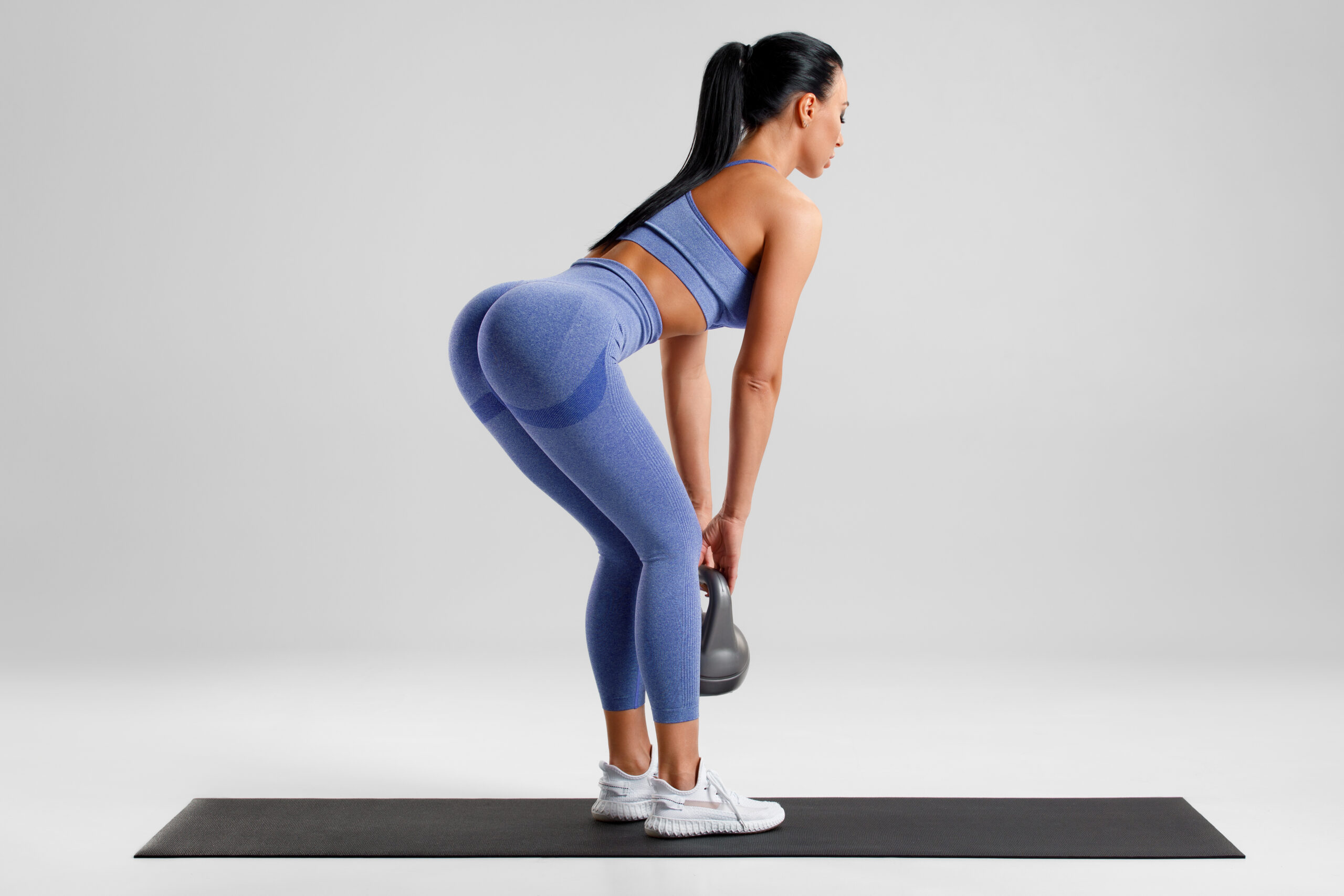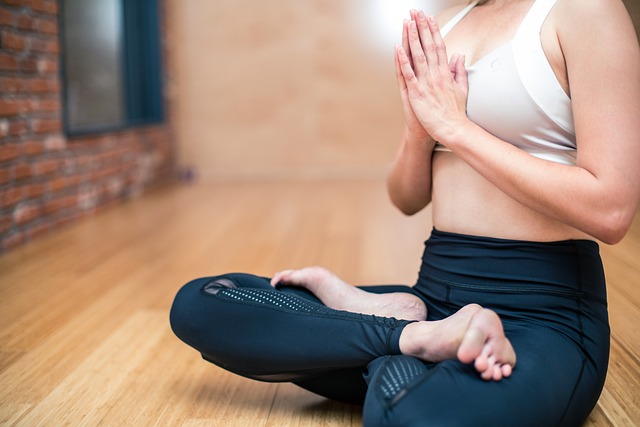Losing 100 pounds is a significant and ambitious goal that requires a combination of diet, exercise, and lifestyle changes. The amount of time it takes to lose 100 pounds can vary depending on a number of factors such as starting weight, current diet and exercise habits, and metabolism. However, it’s important to note that losing a large amount of weight in a short period of time is not recommended and can be dangerous for your health.
The Centers for Disease Control and Prevention (CDC) recommends losing 1-2 pounds per week as a safe and sustainable rate of weight loss. At this rate, it would take about 50-100 weeks, or roughly 1 year to 2 years, to lose 100 pounds. However, it’s important to remember that weight loss is not a linear process and you may lose weight at a faster or slower rate depending on your individual circumstances.
To lose 100 pounds, it’s important to create a calorie deficit by burning more calories than you consume. This can be achieved through a combination of diet and exercise. To lose weight, you need to burn more calories than you consume, so it’s important to be mindful of your calorie intake and focus on eating nutrient-dense, whole foods that are low in calories.
To lose weight, you should aim to eat a diet that is rich in fruits, vegetables, lean protein, and whole grains. Avoid processed foods, sugary drinks, and limit the intake of alcohol. It’s also important to stay hydrated, drinking at least 8 glasses of water per day.
In addition to diet, regular exercise is also crucial for weight loss. A combination of cardio and strength training exercises is the most effective way to burn calories and build muscle. Cardio exercises such as running, cycling, or swimming are great for burning calories and improving cardiovascular fitness. Aim for at least 30 minutes of cardio exercise per day, increasing the intensity and duration as you become more fit.
Strength training is also important for weight loss as it helps to build muscle mass, which in turn increases metabolism, helping to burn more calories even when at rest. Incorporate two to three strength training sessions per week, focusing on different muscle groups each time.
Here are some exercises that can help you achieve this goal:
- Cardio: Aerobic exercise, such as running, cycling, and swimming, burns a significant number of calories and can help you lose weight. Aim for at least 30 minutes of cardio exercise per day, and gradually increase the duration and intensity as your fitness level improves.
- Strength training: Building muscle mass helps boost your metabolism, which can aid in weight loss. Incorporating strength training exercises, such as weightlifting and bodyweight exercises, into your workout routine will help you burn more calories both during and after exercise.
- High-Intensity Interval Training (HIIT): HIIT is a type of cardio that alternates short bursts of high-intensity exercise with periods of rest. This type of exercise is highly effective for burning calories and can be done with a variety of exercises, such as running, cycling, or bodyweight exercises.
- Yoga: Yoga is not only a great way to relax and reduce stress, but it also helps improve flexibility and balance. Certain yoga poses, such as sun salutations and warrior poses, can also burn calories and help you lose weight.
- Walking: Walking is a low-impact exercise that is easy on the joints and can be done by almost anyone. It’s a great way to get started on your weight loss journey and can be incorporated into your daily routine.
It’s important to remember that weight loss is not just about exercise. A healthy diet is also crucial for achieving your goal. Be sure to consult a healthcare professional or a registered dietitian for personalized advice on nutrition.
Additionally, consistency and patience are key. Losing weight takes time and effort, and it’s important to be patient with yourself and stick with your exercise and diet plan. With a combination of healthy eating and regular exercise, you can achieve your goal of losing 100 pounds.
TIP: One tip that can help you lose 100lbs faster
Owning a dog can be a great way to help you lose weight and achieve your goal of losing 100 pounds. Here are some ways that having a dog can support your weight loss journey:
- Increased physical activity: Dogs need to be walked and exercised regularly, which can provide a great opportunity for you to get moving and burn calories. Going for daily walks with your dog can help increase your overall physical activity level and contribute to weight loss.
- Motivation: Having a dog by your side can be a great source of motivation and accountability when it comes to exercising. Knowing that your dog is counting on you to take them for a walk can be the push you need to get moving.
- Socialization: Owning a dog can also be a great way to socialize and meet new people. Walking your dog in your neighborhood or at a local dog park can provide opportunities to meet and interact with other dog owners and increase your social support network.
- Stress reduction: Owning a dog can also help reduce stress, which can contribute to weight gain. Studies have shown that spending time with a pet can lower levels of the stress hormone cortisol, which can help improve overall health.
- Enjoyment: Having a dog can be a lot of fun and can provide a sense of purpose and fulfillment. Walking, playing, and training with your dog can be enjoyable activities that can help make exercise feel less like a chore and more like a bonding experience.
It is important to note that owning a dog is a big commitment and responsibility. Before getting a dog, it’s important to consider if you have the time, energy, and resources to take care of a pet. Additionally, it’s important to remember that losing weight is not just about exercise, a healthy diet is also crucial for achieving your goal. It’s recommended to consult with a healthcare professional or a registered dietitian for personalized advice on nutrition.
In conclusion, owning a dog can be a great way to help you lose weight and achieve your goal of losing 100 pounds. Not only will it provide you with increased physical activity, motivation and socialization, but it also helps reduce stress, and bring you enjoyment.

 Politics2 years ago
Politics2 years ago
 Politics1 year ago
Politics1 year ago
 Health1 year ago
Health1 year ago
 Politics1 year ago
Politics1 year ago
 Politics2 years ago
Politics2 years ago
 Politics1 year ago
Politics1 year ago
 Entertainment2 years ago
Entertainment2 years ago









